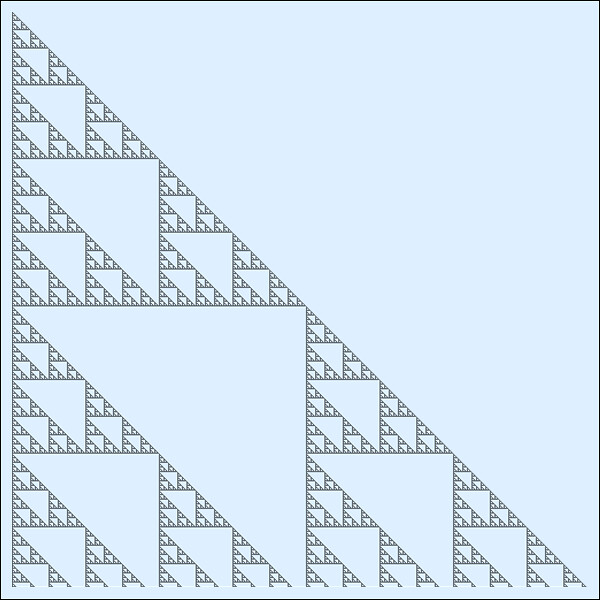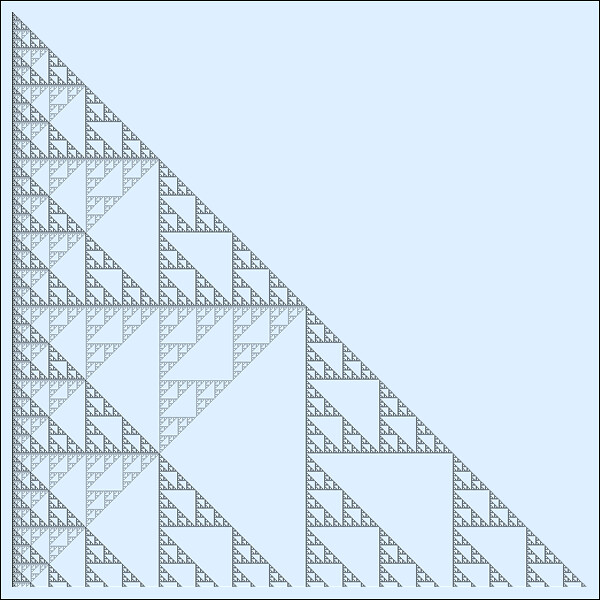 |
Werner Heisenberg, one of the founding fathers of quantum mechanics is famous for his uncertainty principle. Initially he came to his result based on a rather heuristic argument that measurement of a system disturbs the system and this leads to an inherent uncertainty in all measurements. We have the “Heisenberg’s microscope” in which he imagines an experimenter trying to measure the position and momentum of an electron by shooting a photon at it. |
Later on the uncertainly principle was formulated correctly in terms of quantum operators that do not commute. This is of course the true deep reason why we have quantum uncertainty.
It has now been shown that Heisenberg’s original argument is wrong. Aephraim Steinberg and other researchers the Centre for Quantum Information & Quantum Control and Institute for Optical Sciences at the University of Toronto have published work disproving Heisenberg [1].
I will stress the claim is not that the uncertainty principle is wrong, it is not, the claim is that Heisenberg’s original argument is wrong.
References
[1] Lee A. Rozema, Ardavan Darabi, Dylan H. Mahler, Alex Hayat, Yasaman Soudagar, and Aephraim M. Steinberg. Violation of Heisenberg’s Measurement-Disturbance Relationship by Weak Measurements. Phys. Rev. Lett. 109, 100404 (2012)

